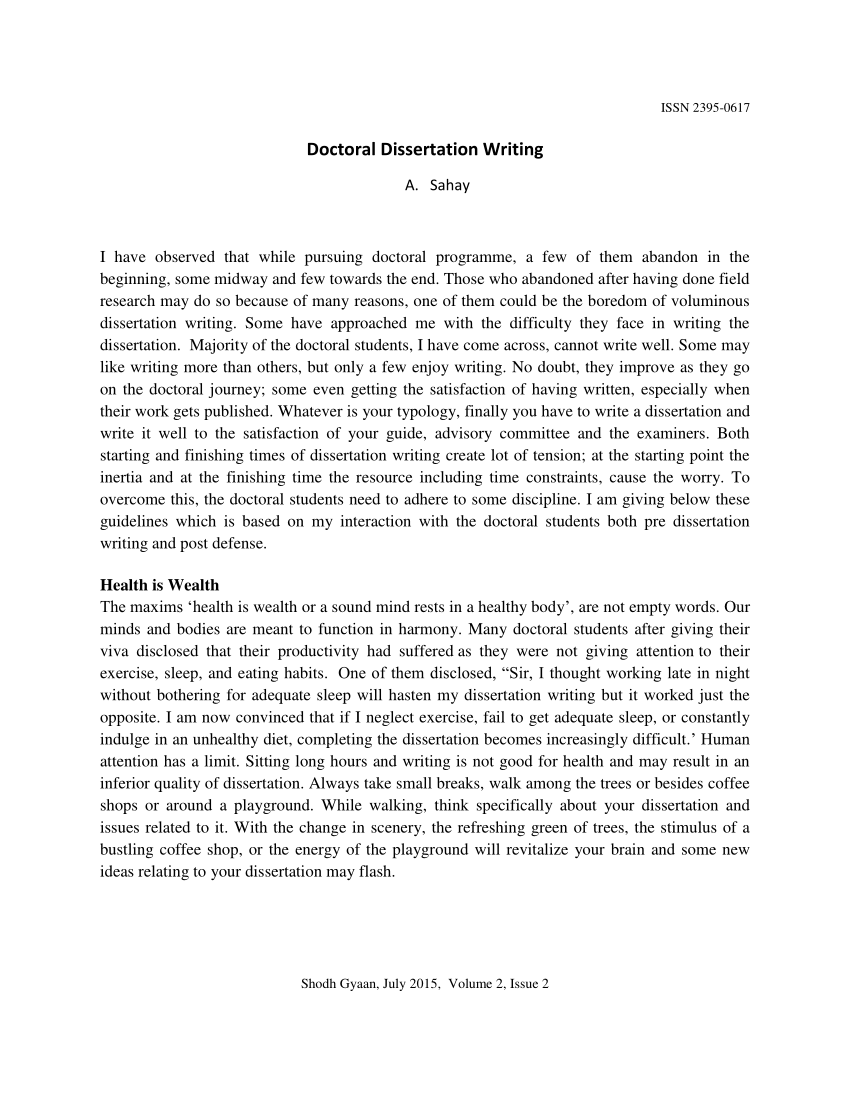The Unseen Bull Market: Investing in the Frontline of Global Health Defense
The Enduring Investment Thesis for Biosafety and Infection Control
The global focus on pandemic preparedness and healthcare-associated infection (HAI) prevention has fundamentally reshaped the investment landscape. The biosafety and infection control sector, once a niche segment of the healthcare market, has exploded into a critical, multi-billion-dollar industry. This expansion is not a transient trend but a permanent structural shift. Governments worldwide are revising and enforcing stricter regulations for laboratories, hospitals, and public spaces. The demand for advanced personal protective equipment (PPE), high-efficacy disinfectants, air purification systems, and automated sterilization equipment continues to soar, creating a robust and resilient market for companies operating in this space.
Investing in this sector means betting on the enduring necessity of health security. The memory of supply chain disruptions during the COVID-19 pandemic remains fresh in the minds of policymakers and corporate leaders, leading to strategic stockpiling and a push for domestic manufacturing capabilities. This creates a stable, recurring revenue stream for established players. Furthermore, technological innovation is a key driver. Companies developing smart, connected monitoring systems for biosafety cabinets, or next-generation broad-spectrum antimicrobial coatings, are positioned for exponential growth. The investment thesis is clear: as global population density increases and international travel accelerates, the world’s vulnerability to biological threats grows in parallel, making biosafety and infection control not just a medical imperative but a compelling long-term investment.
For investors seeking exposure, due diligence is paramount. Key metrics to analyze include a company’s product pipeline, its intellectual property portfolio, and its contracts with government entities or large healthcare systems. The sector’s performance is often less tied to broader economic cycles and more to specific public health funding and regulatory mandates. Monitoring announcements from agencies like the CDC, WHO, and various national health departments can provide early signals for market movements. For those looking to identify a promising low priced under valued biosafety and infection control stock, a deep dive into financials on platforms like Yahoo Finance is non-negotiable. You can find a detailed analysis of one such potential opportunity at goodsaltlife.com, which highlights a company poised for growth amidst this sector-wide expansion.
Navigating High-Risk, High-Reward: Penny Stocks in Biodefense
The allure of penny stocks in the biosafety and infection control space is undeniable. These low-priced shares, often trading for less than five dollars, represent fractional ownership in small, frequently early-stage companies. The potential for monumental returns exists; a small contract win or a breakthrough product approval can send a stock’s value skyrocketing by hundreds of percentage points in a short period. For instance, a company developing a novel, fast-acting surface disinfectant that receives EPA approval could see its fortunes change overnight, attracting the attention of larger distributors and institutional investors.
However, this high-reward potential comes with equally high risk. The landscape of Hot biosafety and infection control penny stocks is fraught with volatility and speculative trading. Many of these companies have unproven business models, minimal revenue, and are years away from profitability. They are highly susceptible to market sentiment and press releases, making them a playground for “pump and dump” schemes. Liquidity can be a significant issue, meaning an investor might struggle to buy or sell large positions without drastically affecting the stock’s price. It is crucial to approach this segment of the market with a clear strategy and a strict risk management protocol.
Successful navigation of this high-stakes arena requires a focus on fundamentals, even for micro-cap companies. Investors should scrutinize balance sheets for cash burn rates and debt levels, assess the experience and track record of the management team, and verify the scientific validity of the company’s core technology. Differentiating between a company with a genuinely innovative product and one that is merely repackaging existing solutions with bold marketing is the key to avoiding significant losses. Allocating only a small, speculative portion of one’s portfolio to these ventures is a prudent approach, ensuring that the potential for explosive growth does not come at the cost of overall financial stability.
Strategies for Trading and Investing in a Volatile Sector
Engaging with biosafety and infection control stocks demands a clear distinction between investment horizons and risk tolerance. For the day trading biosafety and infection control Stock, volatility is not a risk but an opportunity. Day traders thrive on the price fluctuations driven by news flow—earnings reports, FDA or EPA regulatory decisions, and press releases about new product launches or partnership deals. Technical analysis becomes a primary tool, with traders charting support and resistance levels, volume spikes, and moving averages to time their entries and exits within a single trading session. The goal is capital preservation through rapid, small gains, capitalizing on the market’s immediate reactions to new information.
In stark contrast, the long-term investor adopts a fundamentally different approach. Their focus is on identifying companies with durable competitive advantages, or “economic moats.” This could be a portfolio of patented technologies, long-term government supply contracts, or a trusted brand name in the hospital supply chain. These investors are less concerned with daily price swings and more interested in a company’s capacity for sustained revenue growth, market share expansion, and profitability over a multi-year period. They build positions gradually and hold through periods of market uncertainty, believing in the long-term macro trend of increased global spending on infection control.
Regardless of the strategy, leveraging financial data platforms is essential. Tools like Yahoo Finance biosafety and infection control stocks, Google Finance, and Bloomberg Terminal provide the real-time data, historical charts, and news aggregation necessary for informed decision-making. For long-term investors, these platforms offer deep financials, analyst estimates, and SEC filing access. For traders, they provide the charting tools and real-time alerts needed to execute a strategy. The most successful market participants in this sector often blend these approaches, maintaining a core long-term portfolio of established leaders while using a smaller portion of capital for tactical, short-term trades on emerging companies or event-driven catalysts.



Leave a Reply